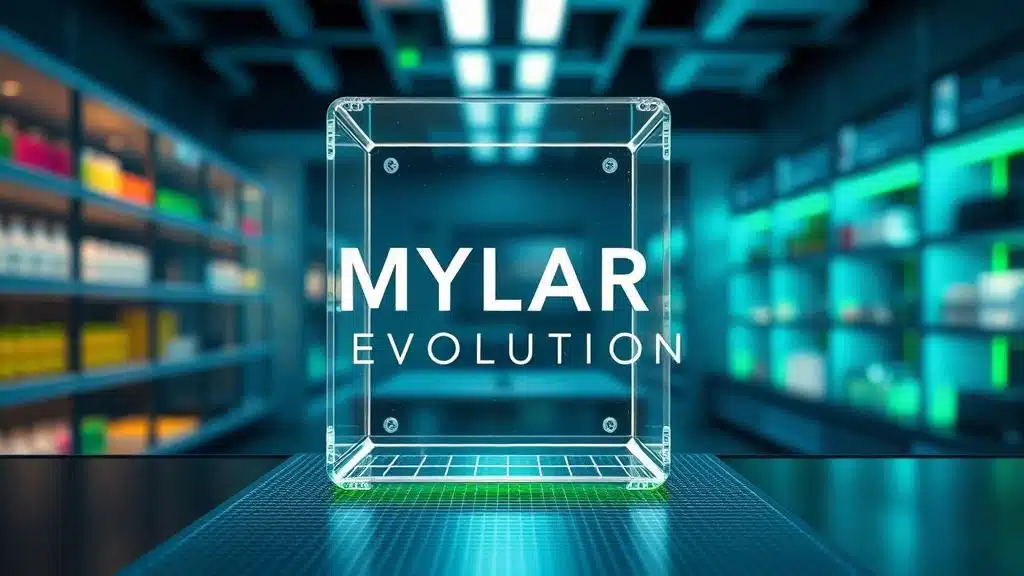
With the growing legalization of cannabis across the United States, consumer expectations are rising, and product quality has become more important than ever for a satisfying experience. This has made mylar bags a preferred solution for cannabis storage.
What Are Mylar Bags?
Mylar was originally developed by DuPont in the 1950s. It’s made through a process in which aluminum is vaporized in a vacuum chamber and bonded to polyester film to create PET (polyethylene terephthalate). This film is then stretched in both directions under high heat to produce BoPET—a smooth, durable material used to manufacture what we now know as mylar bags.
Key Features of Mylar Bags
Durability: Mylar bags are resistant to tearing, abrasion, and punctures, making them ideal for protecting contents from external damage.
Barrier Protection: They effectively block moisture, oxygen, UV light, and odors, helping extend the shelf life of cannabis and other sensitive products.
Flexibility: The material is soft and easy to fold, making it convenient for both storage and packaging.
Temperature Tolerance: Suitable for cold and frozen environments, though generally not recommended for microwaving or high-heat applications.
Eco-Friendly: Many mylar bags are recyclable, meeting basic environmental standards.
Versatility: Mylar packaging is widely used across industries—from cannabis and food to electronics and industrial materials.
Thanks to these properties, mylar bags are now recognized as a go-to packaging material in many fields where protection and preservation are essential.
Pros and Cons of Mylar Bags
Advantages:
Excellent barrier against moisture, oxygen, and light—common causes of spoilage and degradation.
High tensile strength and resistance to puncture.
Lightweight and space-efficient.
Highly customizable in size, thickness, and print design.
Disadvantages:
Not suitable for liquid storage, as leaks can occur at seams.
Though puncture-resistant, sharp objects may still compromise the material.
Why Are Mylar Bags So Popular?
One major reason for their popularity is their customizability. Compared to standard ziplock bags, mylar bags can be tailored in terms of size, thickness, shape, and exterior appearance. They support a variety of printing techniques—such as flexographic, gravure, and digital printing—making it easy to create visually appealing, brand-aligned packaging in different quantities and formats.
We offer full custom production services to meet unique branding or packaging requirements. Whether you’re looking to elevate your product’s presentation or improve its shelf life, custom mylar bags are a practical and impactful solution.
How to Customize a Mylar Bag
1.Design & Preparation
Create your design using graphic software, including logos, colors, and branding elements.
Choose your preferred printing method:
Heat transfer printing (applies pre-printed designs using a heat press)
Stickers/labels (applied to the bag surface)
Direct printing (using digital or flexo printers)
Determine the appropriate bag size based on product volume.
Consider adding features like resealable zippers or tear notches for convenience.
2.Printing & Cutting
Apply your artwork using the chosen print method.
Use a cutting tool to trim the printed film into your desired bag shape.
3.Sealing & Finishing
Heat seal the edges to create an airtight, moisture-resistant closure.
Allow time for cooling (especially after heat transfers).
Add final touches like branded labels or informational stickers if needed.
Engineered for freshness and built for branding, mylar bags are the ultimate cannabis packaging solution—combining premium protection with full customization to elevate your product and satisfy today’s quality-conscious consumers.
We’ve worked with a wide range of custom mylar bag designs and have the equipment and experience to deliver high-quality packaging tailored to your needs. Feel free to reach out to us to discuss your next project.

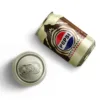
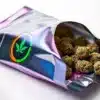
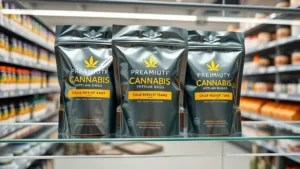
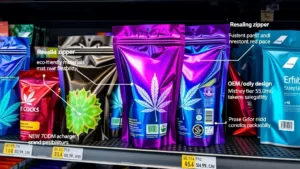
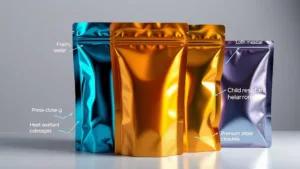
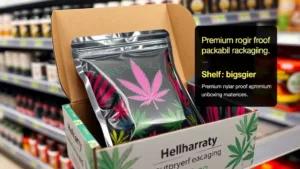
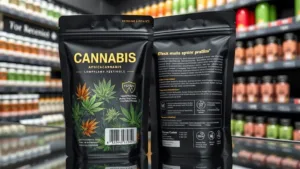
Add comment